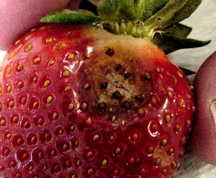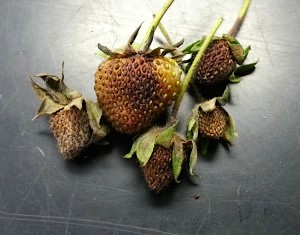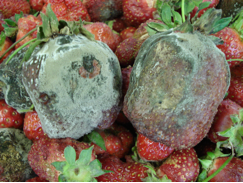The new 2020/2021 Mid-Atlantic Commercial Vegetable Production Recommendations Guide has newly updated tables for selected conventional and organic fungicides and insecticides for use on greenhouses vegetables. This information can be found in the Pest Management Section E in Table E-6 on pages 114-116 for insecticides and in Table E-11 on pages 125-127 for fungicides.
The 2020/2021 Mid-Atlantic Commercial Vegetable Production Recommendations guide is now available FREE on-line or can be purchased in hardcopy form through your county agricultural office in New Jersey. The complete 2020/2021 Vegetable Production Recommendations guide or specific sections can be downloaded depending on your production needs.



